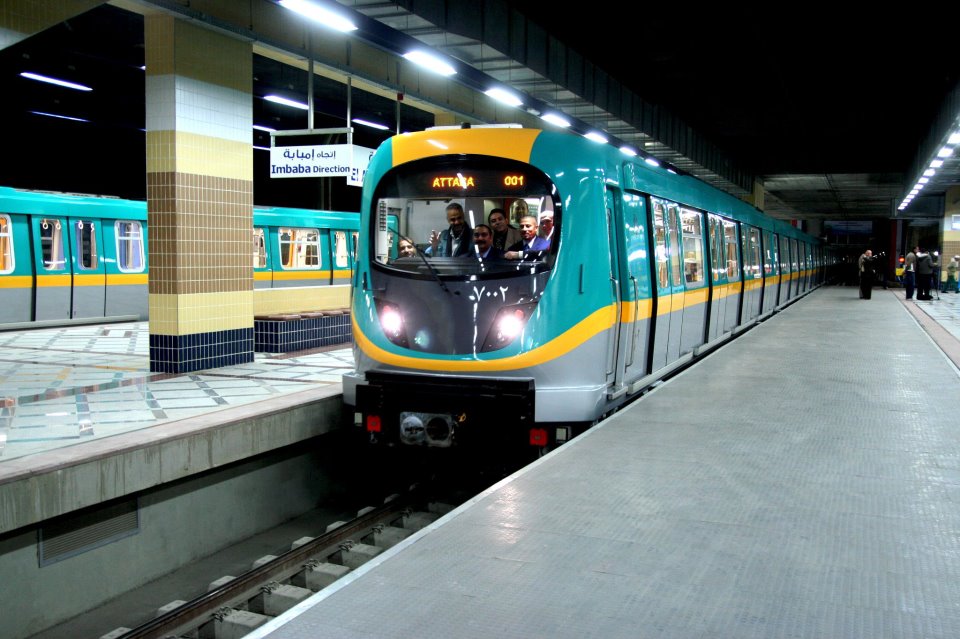The National Authority for Tunnels (NAT) has contracted with an Egyptian-Japanese coalition to carry out advisory works during the implementation of the first phase of the new fourth line of the metro.
According to an official in the NAT, the coalition was selected based on results of the financial and technical decision of the tender NAT launched in mid-2015. The international tender was limited to specialised companies with the aim of selecting a coalition that could offer technical advice and supervise the implementation of the first phase of the fourth line.
The winning coalition is formed of five companies: Nippon Quoi, Nippon Civic, Oriental Consultants, ACE, and EHAF. Total costs of implementing advisory and supervision works are estimated at EGP 976m, according to the official.
In July, NAT assigned ETF-ORC-TSO to implement the rail works of the third metro line. The NAT chose this company which scored higher in the tender than its French rival, Colas Rail, after accepting the financial offer from the winning company.
The NAT plans to establish six new metro lines which will be completed by 2032 with the aim of connecting all parts of Greater Cairo. Implementation of the fourth line began in January 2016.
Some parts of Haram Street will be closed for three years until 2019, in order to complete the facilities and change the current path of traffic along the future route of the metro line, which extends from Al-Malek Al-Saleh to 6th October City, passing 18km underground via Giza Square, Haram Street, and the Grand Museum.
The metro is the daily commute of nearly 4 million passengers on its two main lines, El-Marg-Helwan and Mounib-Shoubra, and on the completed part of the third line, Attaba-Fair Zone, which consists of five stations.




